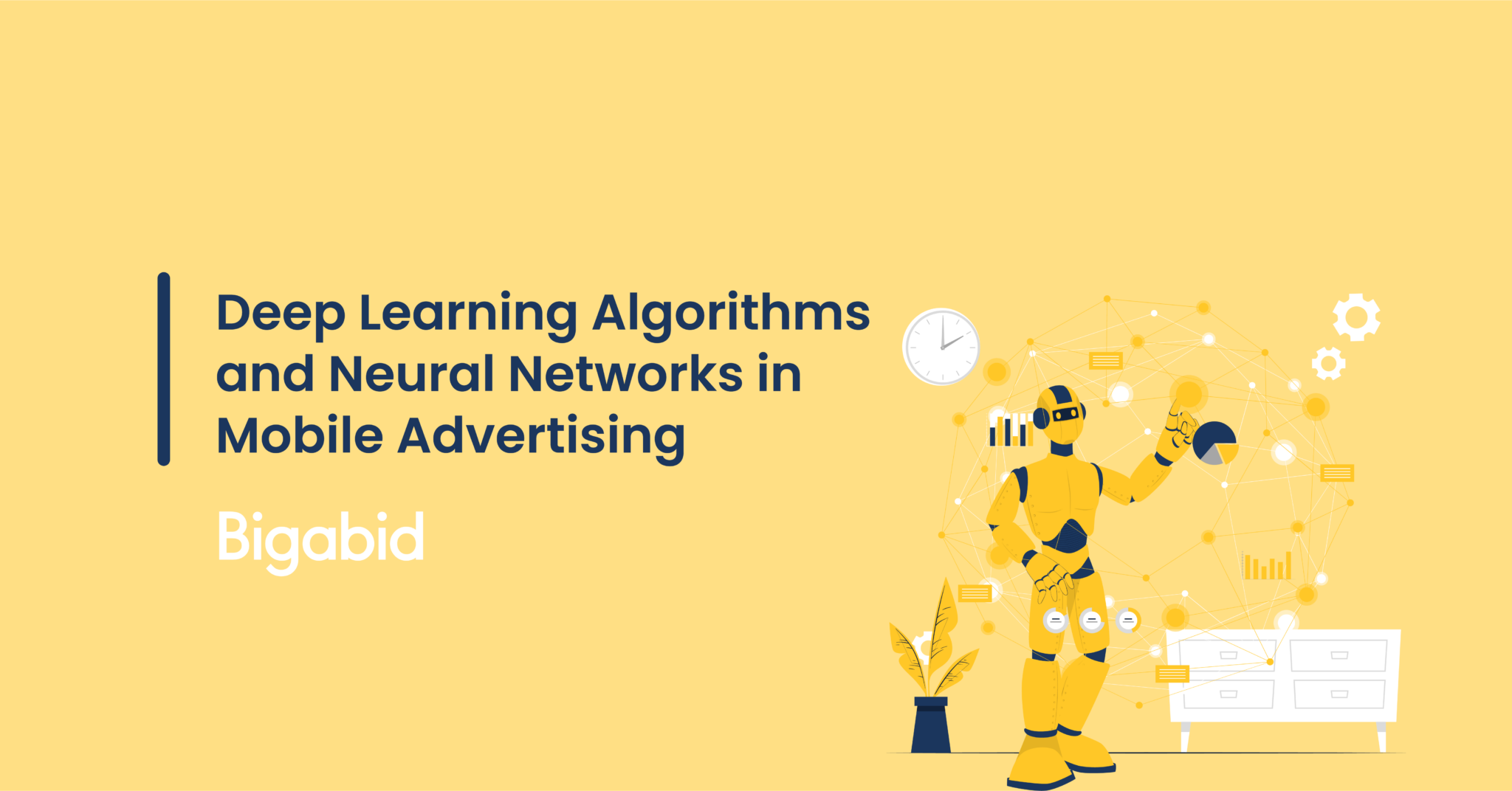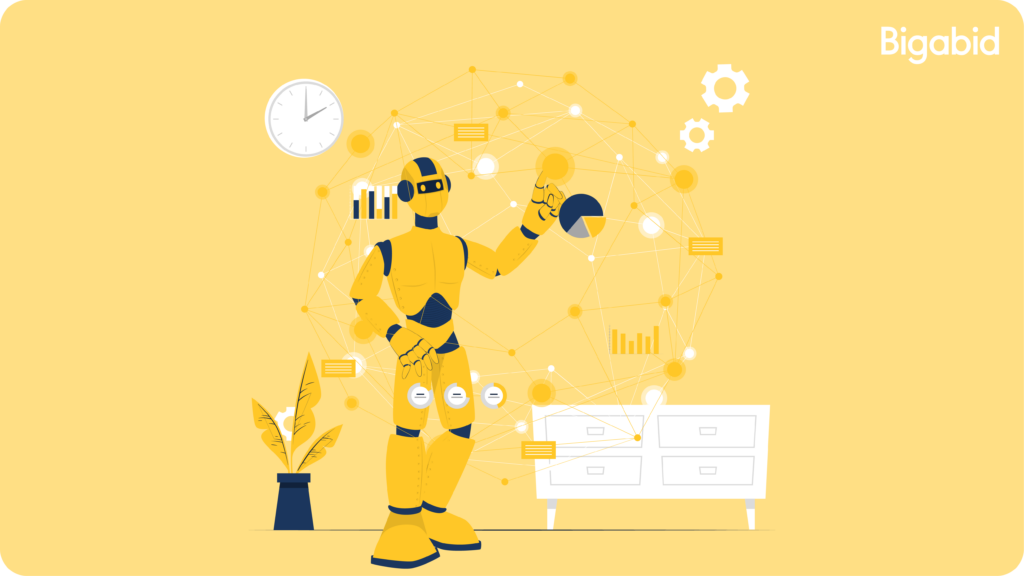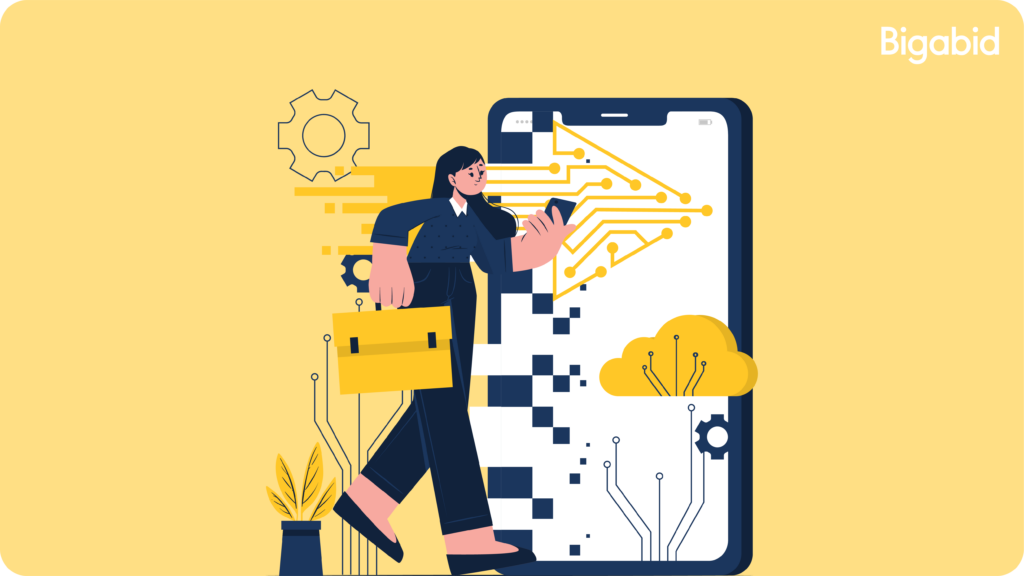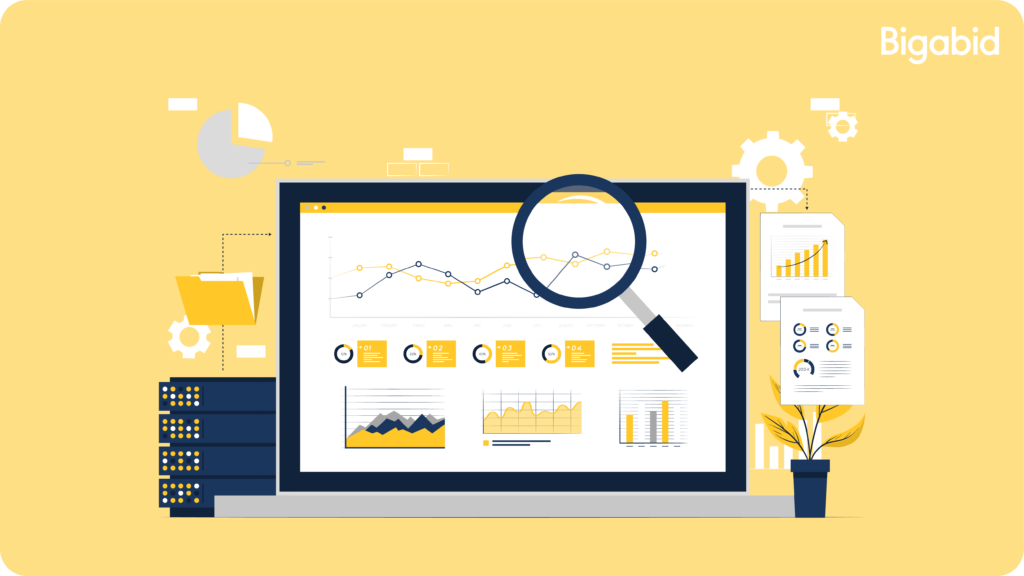
Numerous industries are harnessing the immense potential of deep learning to fuel innovation. As computing power and datasets have significantly expanded, deep learning has transitioned from theory to practical applications. Whether enhancing manufacturing processes or refining mobile advertising strategies, deep learning offers opportunities to boost efficiencies and foster growth in various business sectors. Below, we unveil how neural networks with deep learning algorithms are poised to drive groundbreaking machine learning innovations for mobile advertising in 2024.

Deep learning algorithms represent a contemporary approach to machine learning, utilizing artificial neural networks, particularly multi-layer neural networks, to glean insights from vast amounts of unstructured data. Distinguishing themselves from conventional machine learning methods, they possess the capability to autonomously grasp intricate data representations across multiple levels of abstraction, without requiring explicit human-driven feature engineering. Deep learning excels in handling image, text, speech, and video data, adept at identifying patterns and correlations within unstructured inputs that may elude other machine-learning methodologies.

Deep learning algorithms function by passing input data through multiple layers within an artificial neural network. Each layer comprises interconnected nodes that apply a nonlinear transformation to the received data and transmit this modified output to subsequent layers. The initial layer processes raw data inputs, while subsequent layers automatically extract increasingly intricate features and patterns from the data flow. The final output layer converts acquired representations into desired predictions or classifications. This algorithm is trained by adjusting inter-layer connection strengths (weights) to minimize errors between predictions and true labels, facilitated through an automated iterative process known as backpropagation.

A programmatic advertising campaigns’ success hinges on machine learning models to precisely identify users likely to engage. Traditional models like linear and logistic regression have excelled in this. In demand-side platforms (DSPs), ML models gather user behavior data to predict conversion probabilities effectively.
For machine learning models to generate precise predictions, they need to be trained on substantial amounts of genuine, non-fraudulent click data. Acquiring and training on such clean data is time-consuming, usually taking about 4-6 weeks before the ML can effectively commence optimizing the ad campaign. Despite these limitations, ML-powered programmatic advertising has thrived, establishing itself as the go-to approach for new user acquisition in the mobile space.
After nearly 15 years of rapid growth in the mobile advertising sector, innovation seems to have slowed, possibly due to increased regulations or industry consolidation. Most DSPs now prioritize enhancing their business operations behind the scenes, occasionally delving into emerging technologies while streamlining their organizational structure for improved efficiency. Nonetheless, there is a notable area of innovation in the mobile programmatic realm today that is worth exploring — the advancement of neural networks.
Bigabid, a programmatic DSP (Demand-Side Platform), has been integrating deep learning with promising results. Bigabid’s CTO, Amit Attias, explains, “At Bigabid, we’re leveraging cutting-edge deep learning techniques to revolutionize our advertising performance. Our current beta tests, running at significant scale, have already yielded a remarkable 30% improvement in Cost Per Install (CPI). While we’re still rigorously testing our Return on Investment (ROI), the preliminary results are highly promising. Our primary objective is to enhance ROI and Cost Per Action (CPA) metrics for both day 7 and day 30 post-installation. To achieve this, we employ sophisticated Hyperparameter Optimization (HPO) processes. This involves running hundreds of models in parallel, each fine-tuned to explore a vast hyperparameter space, ensuring optimal model performance.”

Neural networks excel in swiftly processing vast data, outperforming traditional ML models. Studies suggest they adapt to shifts, refreshing 75% more frequently. This precision targets top users effectively. Utilizing more memory, neural nets make accurate predictions, enhancing campaign performance.
Unlike conventional ML, neural networks predict innovative outcomes. They analyze ad components like colors, objects, and text to forecast performance pre-launch. This computer vision feature resolves cold start challenges and boosts campaign success.
Neural networks enhance campaign performance effortlessly. Leveraging a DSP optimized for neural networks ensures your campaigns benefit from these advantages.

Machine learning plays a crucial role in programmatic campaigns, but not all AI models are equal. Traditional ML models, while simple and cost-effective, analyze bid requests to forecast outcomes on linear or logistic curves. These models are easy to interpret and troubleshoot but heavily rely on generalization, potentially missing individual nuances. Linear and logistic regression models, though less computationally intensive, may overlook specific user traits in their predictions. This could lead to reduced costs for DSPs, making them appealing to budget-conscious advertisers.
Neural networks are an advanced form of machine learning that mimics the human brain’s information processing. Unlike traditional ML, neural networks employ deep learning for multifaceted operations. This approach involves multiple layers of computation to reveal intricate data attributes, enhancing prediction accuracy by uncovering unique patterns.
Understanding the difference between traditional machine learning models and neural networks can be likened to having different “brains” in your everyday life. If you had a linear or logistic regression brain and encountered five bananas, your conclusions about what a banana is might be based on their color, taste, and shape. However, limited by memory to recall just five fruits, you could confuse a plantain for a banana due to shared characteristics. Likewise, linear and logistic regression models may misclassify a low-quality user as high-quality due to common traits and limited memory for specific predictions.
On the other hand, a neural network brain can analyze various characteristics and context with its extensive memory, processing power, and deep learning capabilities to distinguish unique traits among different users or bananas. The same ability that enables our brains to effortlessly differentiate between different types of bananas, allows neural networks to identify high LTV (lifetime value) users.
Discover more about Targeting High LTV Users.
DSPs are racing to test, launch, and present their neural network solutions, offering advertisers enhanced transparency in bidding strategies, supply chains, and data gathering. The emergence of generative AI and cutting-edge technology is primed to drive creative advancements, with real-time ads and computer vision at the forefront. These advancements aim to deliver highly personalized experiences for app users by combining generative AI’s creativity with deep learning’s data capabilities.
The complexity of machine learning models creates a paradox of improved performance and increased transparency, requiring advertisers to trust the process when managing neural net campaigns. Embracing neural networks calls for trust and adaptability, promising a future of personalized, efficient, and insightful mobile advertising. While predicting the future in this dynamic industry remains challenging, the upcoming era of mobile advertising will center on a deep understanding of user behavior, powered by the intelligence of neural networks.
Bigabid is on the forefront of integrating deep learning technologies. Amit Attias describes, “Bigabid’s deep learning infrastructure processes terabytes of data and billions of records daily, utilizing state-of-the-art distributed computing environments. Our models are both wide and deep, allowing them to capture complex interactions in data and generalize well from sparse datasets. By optimizing based on all available signals, we deliver stellar campaign results without relying on potentially erroneous or irrelevant third-party data.
These technical advancements reflect our unwavering commitment to pushing the boundaries of what’s possible with deep learning in the mobile app installs market, unlocking the full value of our clients’ first-party data and driving campaign performance at an accelerated rate.”
For further insights into our cutting-edge technology and its potential to grow your app, reach out!